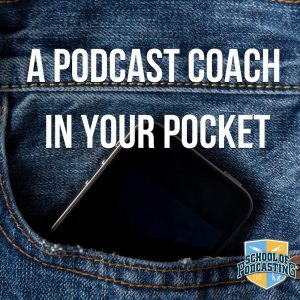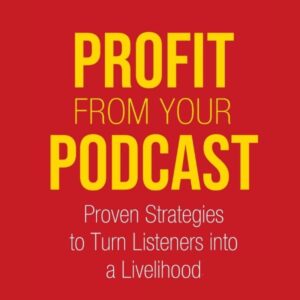
 As I have mentioned in the past, the easiest way to get a podcast up and running is to use WordPress. This way when you update your website, you update your RSS feed, which updates your iTunes, etc.
As I have mentioned in the past, the easiest way to get a podcast up and running is to use WordPress. This way when you update your website, you update your RSS feed, which updates your iTunes, etc.
I'm not sure if this has always been the case, but as I've set up a few new podcasts, I have noticed that the default setting under privacy is to have your website visible to the public, but BLOCKED by search engines. Obviously you want to set this so that search engines CAN find your website.

You can check these setting by going to Settings > Privacy in WordPress. If you are looking for a web host where you can install WordPress in about 7 mouse clicks, I suggest Host Gator
No Wave Out Recording on A Laptop
In the past Iv'e talked about the different styles of record and producing a podcast. One is to record the voices first and mix in the music later (which is how this podcast is produced). This gives you exact control over volumes, fade ins, fade outs. The bad news is there is a “compiling” step where you put it all together. For this podcast it takes about 5 minutes. The other way is to record “live” where you mix in the sound effects, music, as you go. The bad news is if you mess up, or your volume settings are wrong, you either leave it, or in some cases go back and start from the beginning (in some cases you can go back and edit it out). There is no compiling time, but you do have to make sure your volumes are set before hitting record.
Well I wanted to record podcasts on my lunch at my job using my laptop. Tim Dewey from the Sled Dog Podcast told me a while ago that manufacturers had been pressured into taking away the ability to record what is known as the “wave out mix.” In normal English, the Wave out mix is whatever you hear coming out of your speakers you can record. This is what podproducer.net uses (my favorite “live” recoding software). In a nutshell without the ability to record the wave out mix on a laptop, you can't use Podproducer. The only option I have now is to send the output out of my headphones into a portable recorder like the Zoom H2, or H4 and use podproducer to play all the music, etc. Then I have to transfer the file from the recorder to the computer, tag it and upload it. As the intent was to save time, this doesn't really cut it. I just wanted to let you know that if you plan on using a laptop as your main recording device, you are probably going to have to use Audacity, mixcraft, Sony music studio music studio to assemble your podcast.
Help Dave celebrate his birthday at www.schoolofpodcasting.com/birthday




